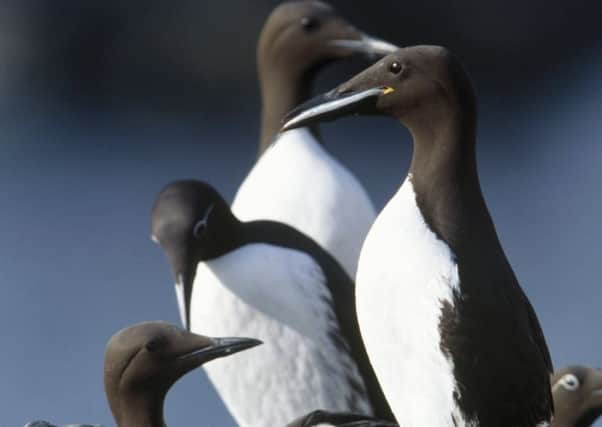Seabird tracking hailed as '˜powerful' conservation tool


For the first time, researchers have monitored the movements of more than 1,300 breeding seabirds, showing where they go to feed.
The data, collated by the RSPB in conjunction with scientists, has been hailed by the charity as “a powerful tool to help protect birds from potentially harmful activities at sea”.
Advertisement
Hide AdAdvertisement
Hide AdIt is hoped the data will allow conservationists to protect threatened species by assessing potential risks from the likes of offshore wind farms and pollution.
In the study, which tracked and modelled the behaviour of kittiwakes, shags, razorbills and guillemots, GPS tags were fitted to the birds, tracking where they went once they left breeding colonies.
The data was used to create computer models to predict important areas at sea for other colonies where no tracking took place, estimating where birds travelled from some 5,500 breeding sites. With post-Brexit fishing policies a key issue, the analysis provides critical data to inform marine management, the experts said.
Dr Mark Bolton, the RSPB principal conservation scientist, said: “Our rich and diverse marine environment makes Britain and Ireland among the greatest areas in the world for seabirds and this new research is further evidence of just how important our seas are for seabirds and their chicks during the breeding season.”
The four species studied require conservation help, with kittiwake numbers declining 71 per cent in the past 25 years and shag populations down 61 per cent, meaning both seabirds are “red-listed”. .
The lead author of the research, Dr Ewan Wakefield, from the University of Glasgow, said: “For the first time, this study provides us with a full map for each breeding colony of the feeding areas for some of our most important seabird species.
“That means we can now protect the places these birds catch the fish they need to feed their hungry chicks, securing the future generations of these amazing creatures.”